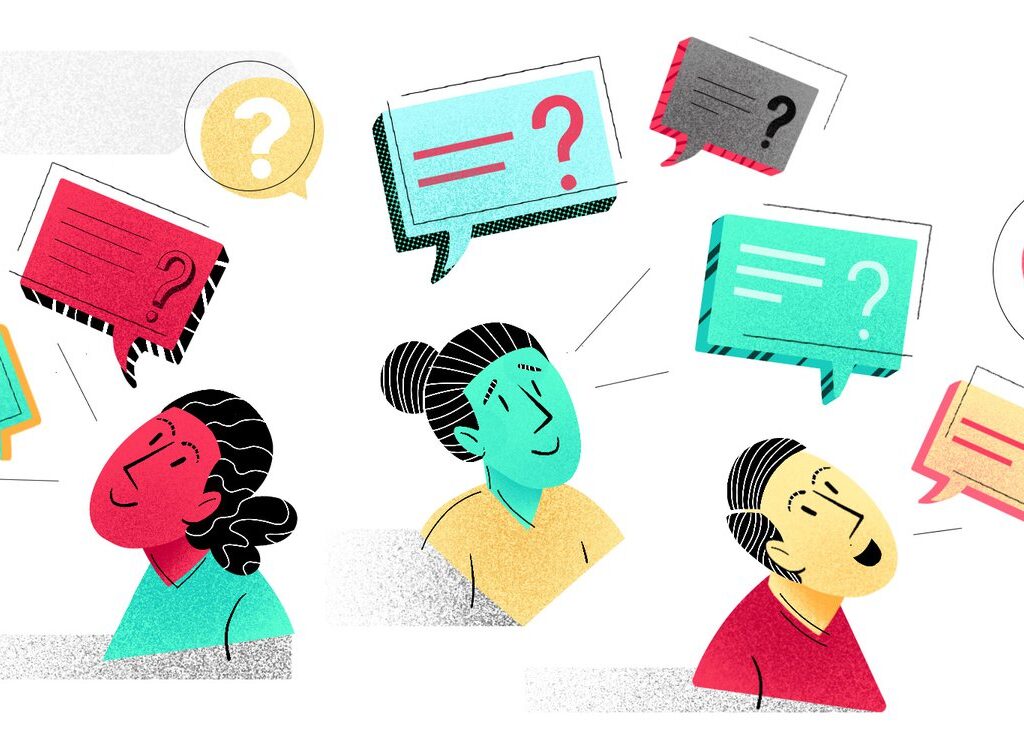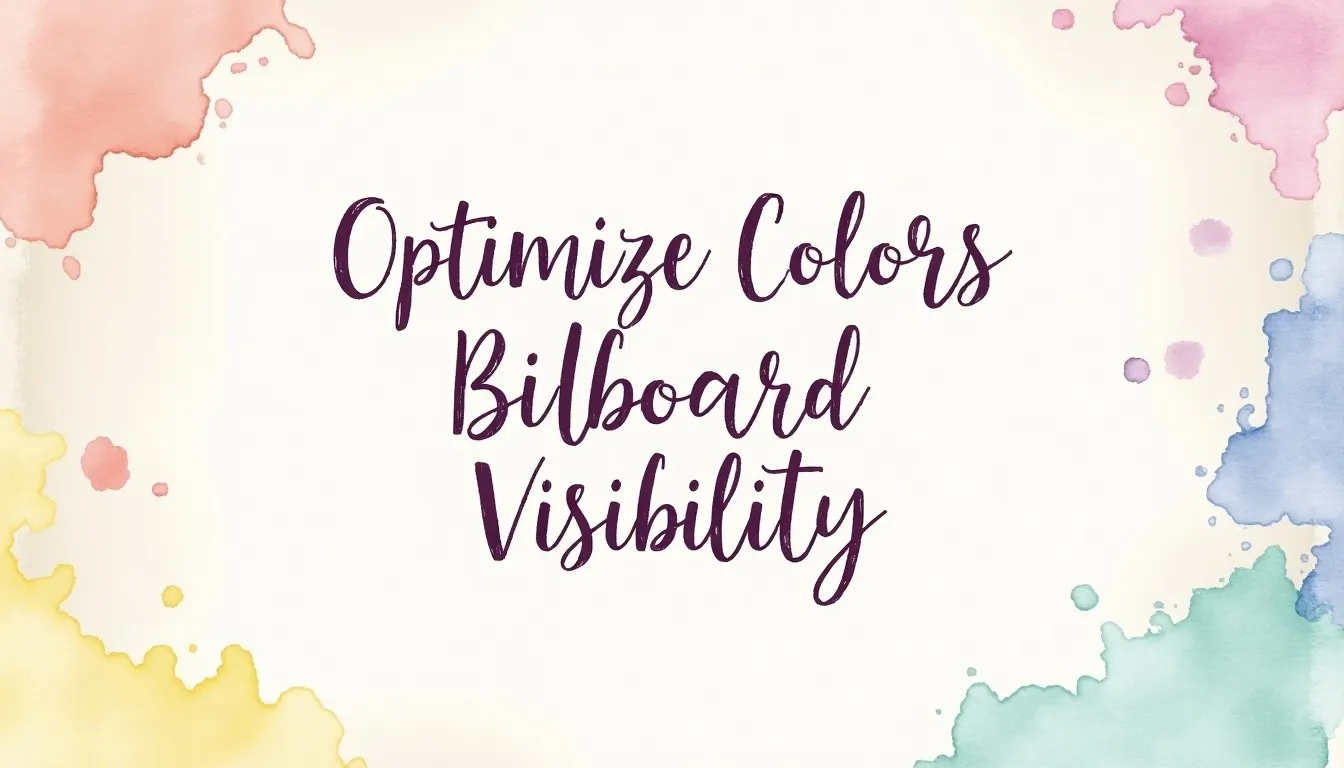How to give constructive Feedback for the designing team is an incredibly important currency for teams in the design process. In most teams today, we have a system of design based on collaborative stakeholders including designers, developers, managers, and clients, solid feedback loops, or rather their effectiveness, contribute majorly to successful design.
Draftss has also helped its clients to develop substantial e-commerce platforms with unlimited graphics designs, illustrations, WordPress, HTML, and more for building your website, brand, etc. you can check on our website at draftss.
So, here are 4 things that a team should keep in mind concerning giving feedback and getting feedback, that can create the best possible scenario for the design process to succeed — whether in an in-house team or at a design agency.
Identify goals
Feedback can be at its most frustrating when it is not purposeful, and/or ambiguous. There’s the often talked about the problem of just saying, “this doesn’t look good”, but that is not the only problem.

Whatever design your team is working, it has a goal. Whether you are creating a product to make collaboration simpler or building a page to drive sales for a customer. There is always an aim to design. The same should be true for your design reviews and reflected in giving feedback.
Consider these questions:
“Will this checkout flow reduce cart abandonment?”
“How can this landing page increase customer traction?”
“How do we fix the onboarding for collaborators in our app?”
All these are questions that will drive feedback towards a goal. For designers, they need to know the kind of questions to ask for feedback from colleagues. This will set up the feedback loop in the right direction.
With clients, goals are already established when design teams start working on the project. But communicating the finer goals of individual design elements, like a certain page, or an app interaction, is where design teams have to make things clear.
However, in no way do I suggest that the onus lies simply with the designers. Sharing goal-oriented feedback is something non-designers need to be aware of as well. Whether that’s a developer, manager, or client. For non-designers to learn the art of how to give good feedback is incredibly beneficial, for not just the designers on the receiving end of the feedback, but the project as a whole.
Feedback loops that are goal-oriented are more robust, and faster.
Embrace quick and early feedback
Don’t you just hate it when teams reach the stage of high fidelity mocks or a functioning prototype? Only to confirm if it’s going in the right direction?
Making sure feedback comes at the right time(a.k.a. as early as possible) is the solution. Quick and early feedback is the juice that successful design teams function on. Course correction in a design process, in the beginning, is much easier than later on. This is why low fidelity mocks. And sharing wireframes with your team and clients in design critiques and reviews as often as possible. So that other stakeholders can share their feedback.

And not only in meetings. Tools like Balsamiq are also common for getting feedback on wireframes and mocks. Design feedback tools like zipBoard are also famous to share and get reviews on website mockups, HTML prototypes, and actual websites.
Keep design meetings for relevant stakeholders
It’s funny how meetings can get so much done, and yet be the source for drops in productivity across teams. Largely, this happens because people who cannot always contribute are called into meetings as well.
If your design review is done as a meeting, then it should only involve active participants. In an in-house team, so much of design critiques can be done offline. If you’re using the right tools to support your efforts, then you can mark up issues beforehand and come into the meeting just to brainstorm alternative approaches, or why a certain design won’t work, or the vision that next iterations of the design should adhere to.

In teams where designers and developers are working closely together, right from the off. A lot of design review meetings from the engineering side can be lessened to over-the-shoulder sessions of exchanging feedback to designing teams.
For the agency setting, having a single point of contact from the client-side as well as the agency side can go a long way in cutting down the noise in meetings to just a genuine feedback-and-solution environment.
Apart from these, smaller things like organizing design assets in one place for quick hand-off and a version control design system to review previous changes are also helpful in keeping meetings a source of productivity.
Prioritize feedback
With so much feedback coming in from every direction, being able to prioritize is a good tool to have in your arsenal.
A lot of this will also be driven by the goals of the project defined early on, but end-user feedback and their needs will also drive prioritization as the project goes on. In the case of agencies, when asking for feedback to designing teams from clients. That will become the focal point in prioritization.
Prioritizing the right features is critical, but it’s also difficult to do. In hundreds of conversations with product leaders, we consistently hear that this is where much of the art and the science of building a great product lies: in figuring out what to build—and what to build next.

- What are the user’s biggest pain points?
- How willing are they to pay for the features that solve them?
- Create a 2×2 matrix to map out what feature/feedback should hold priority
Making the right product decisions means collecting all the relevant data. That means collecting not just the feedback that goes directly to your product manager from a survey. But collecting it from each of your customer-facing teams. A solid system will pipe in data and feature requests from sales, support, customer success. And any other teams that talk directly to your customers.
Final thoughts — Iterate on your design team & processes
Each design team and client-agency partnership will have some things that work better for them than others.
For some in-person design approval meetings will be easier to do, while for remote collaborators, design feedback tools would be the thing to go for. But with each iteration of the design loop, teams can improve their feedback process. Designers fall on both sides of the feedback divide — they need to know how to give feedback to designing teams constructively, as well as the know-how to ask for feedback from colleagues, that moves their work forward along in the right direction.
The same is true when asking for feedback from clients in an agency setting and working on design approvals for projects like website reviews. Ask any team in a creative agency, and they will tell you that managing client expectations and objectives is a fine balancing act. There are challenges in ensuring raw feedback from clients. Who may have a different understanding of functionality. And ways of explaining harness concepts with positivity.
You can try out draftss for an excellent experience and increase your product marketing. We provide premium quality services on unlimited graphic designs, WordPress, Webflow, HTML, Illustrations, Websites, Landing pages, Dashboards, App UI/UX, and many more. Here we provide our clients with 73+ types of design and code services.






















